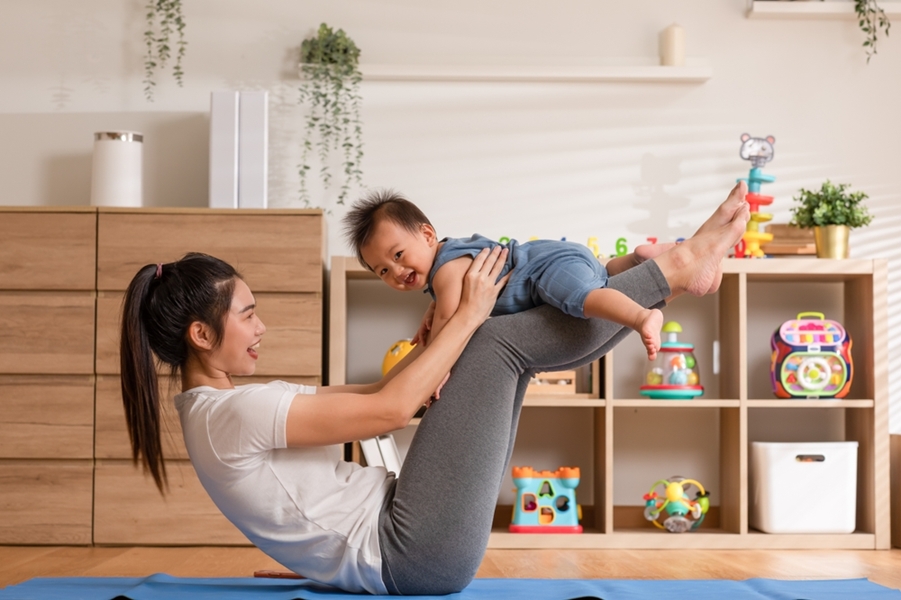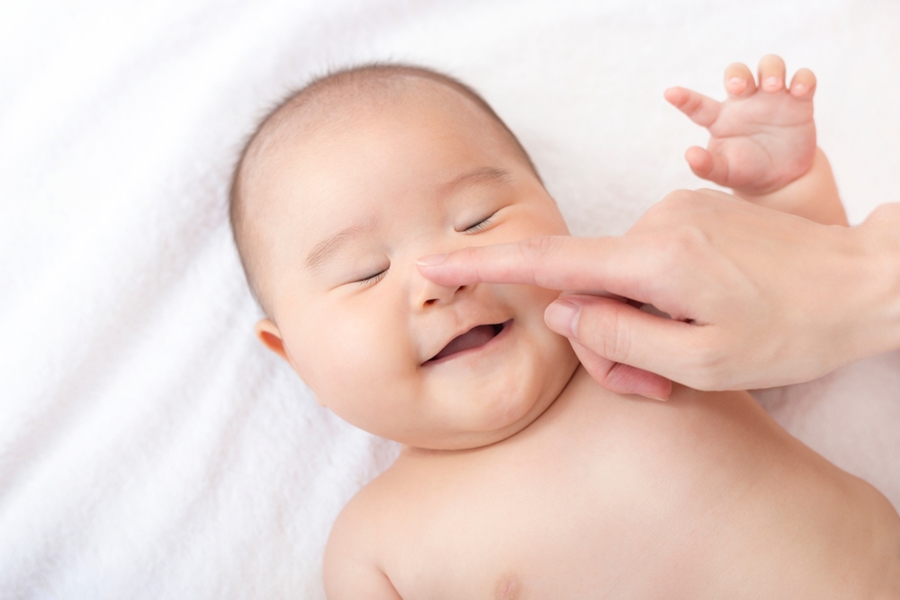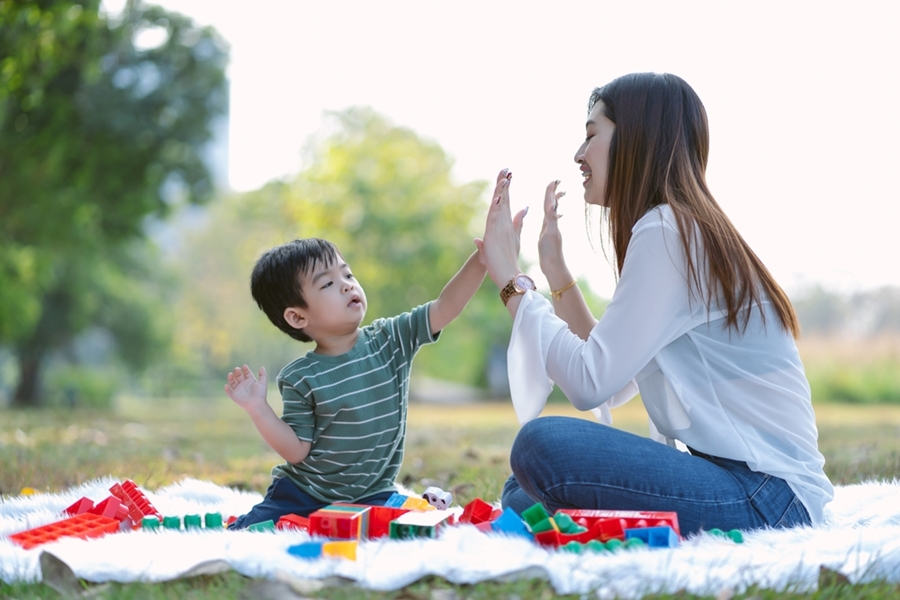
Written:
Founder & Volunteer Director of Good Love Passion, Lam Ho Pui Yee
When a
child is around 6 months old, they start babbling, constantly making sounds and
single words. They also enjoy playing with toys that make sounds. However, even
before they learn to speak, they already understand how to communicate with the
people around them using crying, sounds, facial expressions, gestures, or body
language. In fact, children first learn to communicate with people using facial
expressions and gestures, then they learn verbal communication, and finally,
they learn to communicate through text. Therefore, accurately recognizing other
people’s facial expressions helps in assessing their emotions and attitudes,
thus influencing a child’s cognitive development, emotional development, and
social skills. Parents’ facial expressions, actions, and postures are often
what children find most attractive.
Children
observe and respond to their parents’ facial expressions and emotions. For
example, a gentle expression can make them feel comfortable communicating with
you, a smile can boost a child’s confidence in expressing themselves, and a nod
from parents indicates acceptance. Through these developments, children
gradually understand, learn, and care about people’s emotions. Different parts
of the body express emotions in various ways, and expressions can be
categorized into facial expressions, body expressions, and verbal expressions.
To
establish good parent-child communication, parents need to pay attention to
several aspects:


On the journey of a child’s growth, parents who are willing to provide unconditional love and ample communication space make children feel accepted, allowing them to break free from their cocoon. Children love it when their parents appreciate them, so encouragement often has a greater impact, whether through eye contact or speech; both can be used more frequently.
Address: G/F WING B & C, SAU YUE HOUSE SAU MAU PING ESTATE KOWLOON
Fax: +852 2709 9269